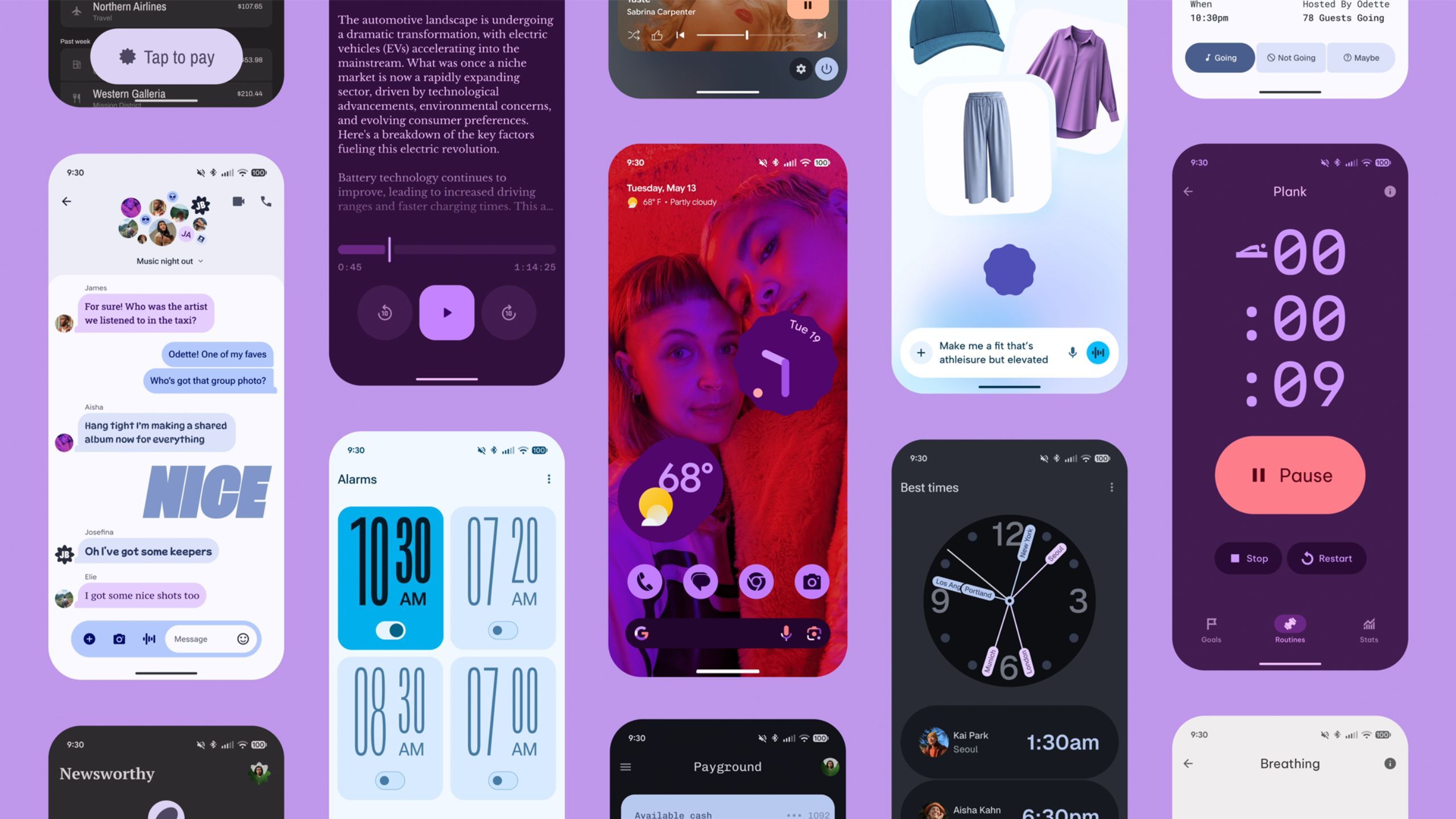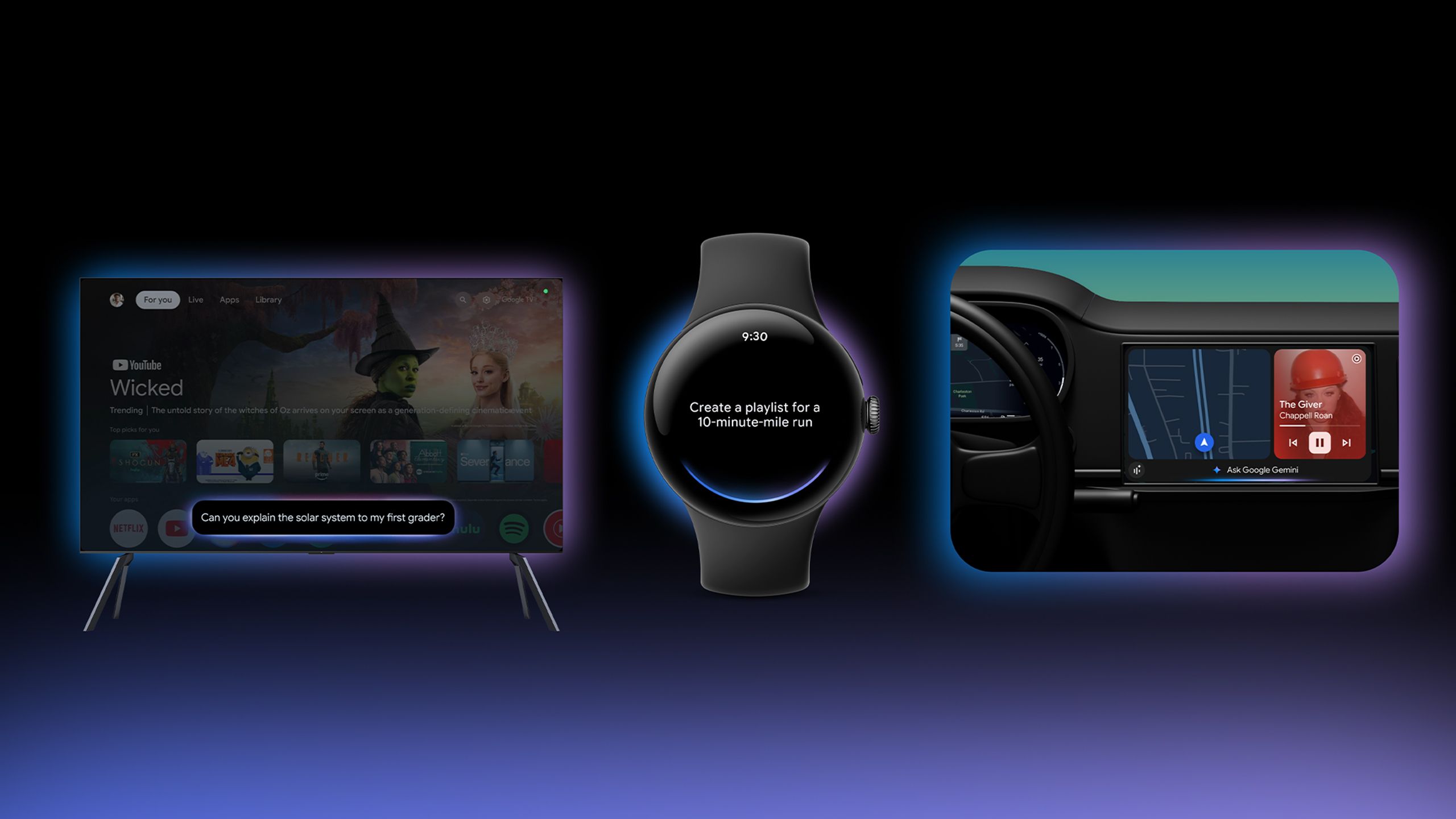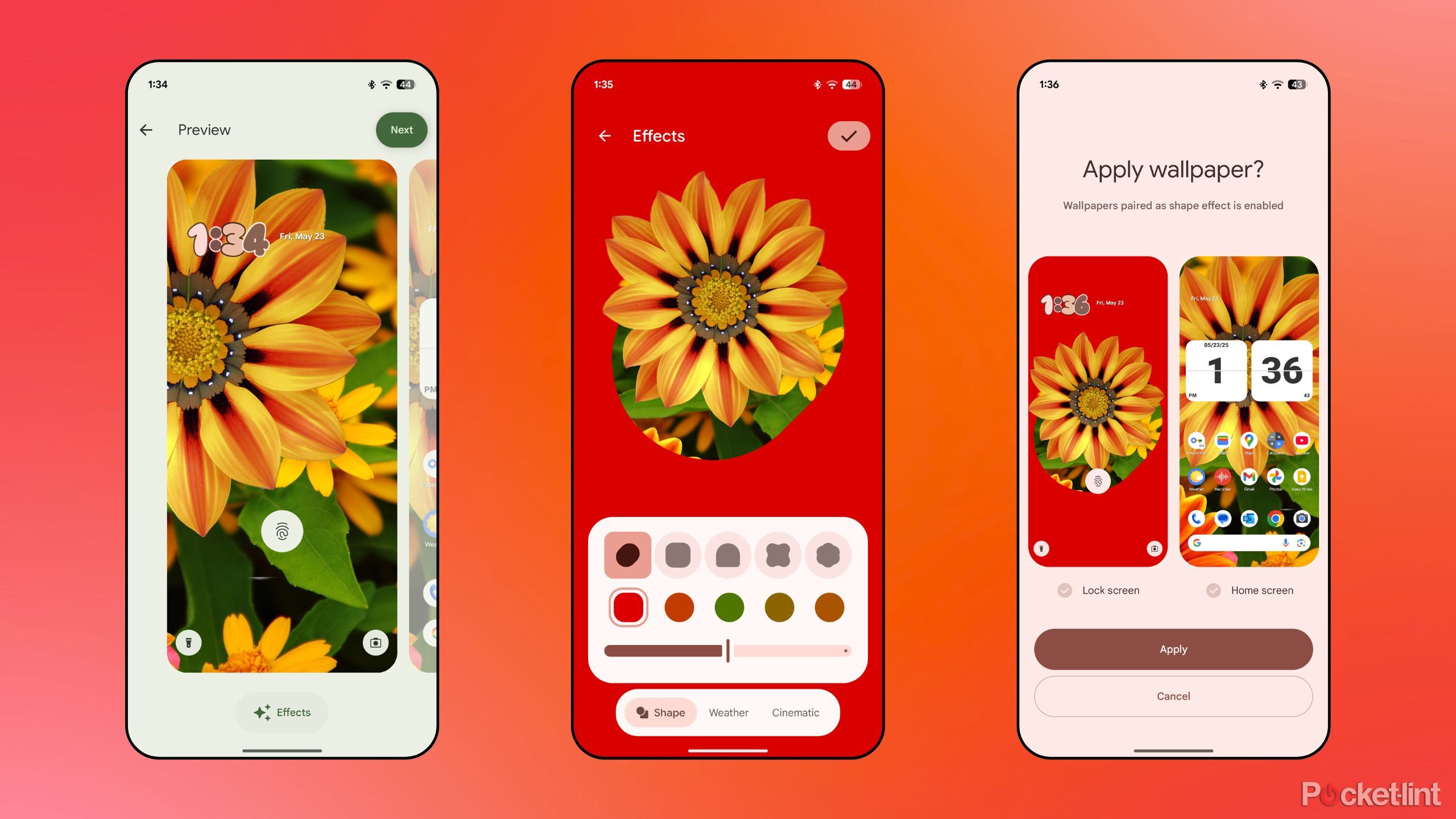Summary
- Ahead of its recent I/O developer conference, Google introduced the world to Android’s new Material 3 Expressive design language.
- As part of Google’s efforts to refresh the look and feel of Android, the company has added in a fun new wallpaper feature called Magic Portrait.
- Magic Portrait leverages Google’s AI prowess to isolate foreground and background layers of an image, automatically curating it into an attractive lock screen aesthetic.
Ahead of its annual I/O developer conference for 2025, Google recently took the wraps off
its fresh new design language
for the Android operating system. When this Material 3 Expressive visual overhaul was first leaked ahead of its official unveiling,
I wasn’t initially sold on it
— I’m generally resistant to change, and I felt unsure about all the added blurs and animations sprinkled throughout the system.
A couple of days ago, I received the Android 16 QPRI Beta 1 over-the-air (OTA) update on
my own personal Pixel 9 Pro
, giving me a chance to test out Material 3 Expressive for myself. As it turns out, I’m a huge fan of Google’s new design language: when in motion on my device, it’s aesthetically pleasing and subtly playful, with brilliant attention to detail.
While I was certainly anticipating the Material 3 Expressive interface tweaks to hit my Pixel with this beta update, I wasn’t expecting the arrival of a new feature in the form of Magic Portrait. Magic Portrait is a new wallpaper effect that ties in with Google’s refreshed
Android
design language efforts, offering automatic image framing and a fun animated unlock transition.
When it’s all set up, the end result is a lock screen with an attractive foreground subject in the spotlight.
Using
artificial intelligence
, Android’s new Magic Portrait feature is able to isolate the foreground and background elements of any portrait photo in your gallery. From here, it surfaces various framing options for adjusting the cutout shape, while letting you tweak the color accenting to best match the colors pulled out of your image in question.
When it’s all set up, the end result is a
lock screen
with an attractive foreground subject in the spotlight, with a seamless unlock animation when transitioning into the home screen environment. When the home screen is reached, the rest of the photo is revealed in a single swift and silky-smooth motion.

Related
Google’s big Android redesign is official, and it’s teeming with expression
At its Android Show: I/O Edition, Google has unveiled Material 3 Expressive, the next evolution of Android’s design language.
Magic Portrait is an absolute delight
In motion, the feature brings Android wallpapers to life
I tried Google’s new Magic Portrait feature with several portrait shots of myself and loved ones, and the AI-powered subject lifting worked effortlessly each and every time. It only takes a couple of seconds for the system to work its magic, and the resulting lock screen design is always a stunner in my opinion. I’m critical of AI features for AI’s sake, but Magic Portrait is one of those far-and-few-between applications of AI that feels natural and genuinely useful in elevating the smartphone experience.
I also tested out Magic Portrait with non-portrait images, to mixed success. Of course, the image you throw at the system needs to have a discernible subject and background, so it won’t work well with, say, a landscape photo of a canyon. That being said, I found the feature to work well with close-up shots of things like flowers, and pets are an ideal pairing for the feature as well. As ever in Google’s post-Material You Android era, the OS is superb at pulling out visually harmonious accent colors that add extra polish to the overall effect.
Magic Portrait is one of those rare AI-powered features that serves to delight the user in a way that “just works.”
Aside from adjusting shapes and isolating subjects, Magic Portrait can also be used to transpose weather effects onto any lock screen image of your choosing. These include fog, rain, snow, and sun, with an additional option to dynamically match your local weather conditions. I found this feature to work well, with granular control over the intensity of the effect available via a slider. Lastly, Magic Portrait ropes in the existing cinematic feature that has existed on Pixel phones for some time now, which uses AI to add a quirky parallax effect to photos (one that I’ve never found particularly convincing in my testing).
Magic Portrait is one of those rare AI-powered features that serves to delight the user in a way that “just works,” rather than bending over backwards to try and justify itself. It’s an entirely optional experience, but I find it adds a touch of much-needed personality to the Pixel experience. Other Android OEMs, as well as
Apple
with its newer iOS versions, have featured similar parallax, background isolating, or unlock transition effects in the past, but I think Google’s expressive take on the idea is a home run, even while still in its beta form.

Related
Google Gemini is coming to your smartwatch, TV, and car next
Gemini is soon expanding to even more Android devices, including your smartwatch and TV.










